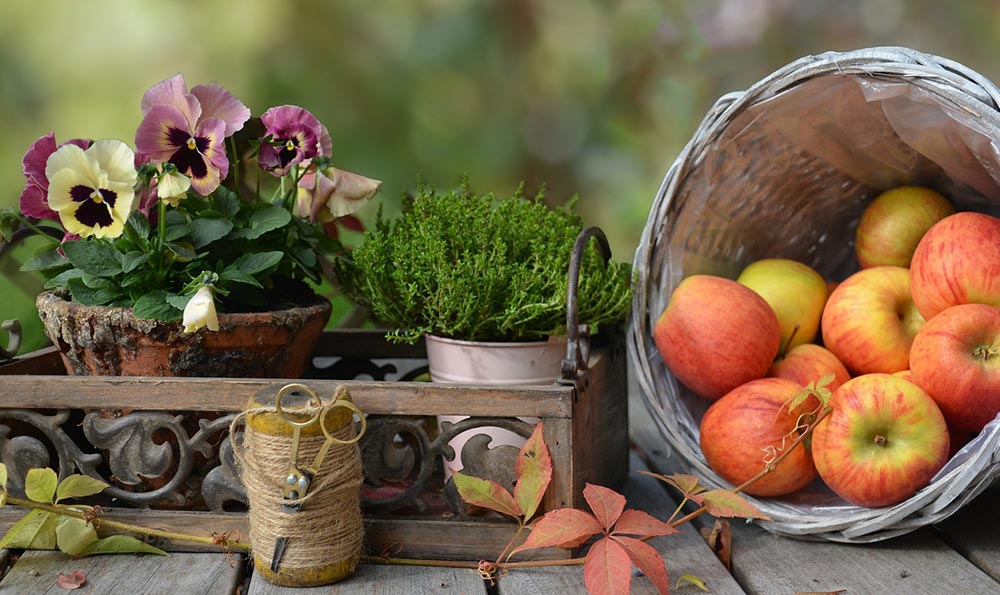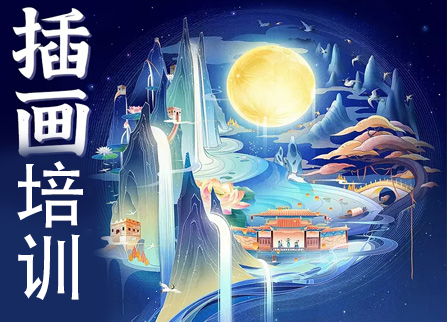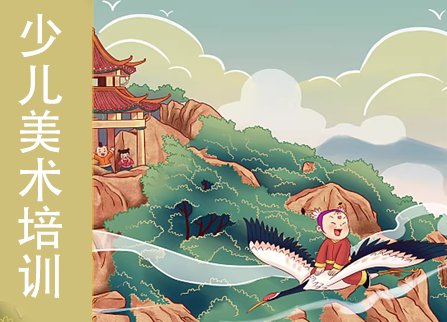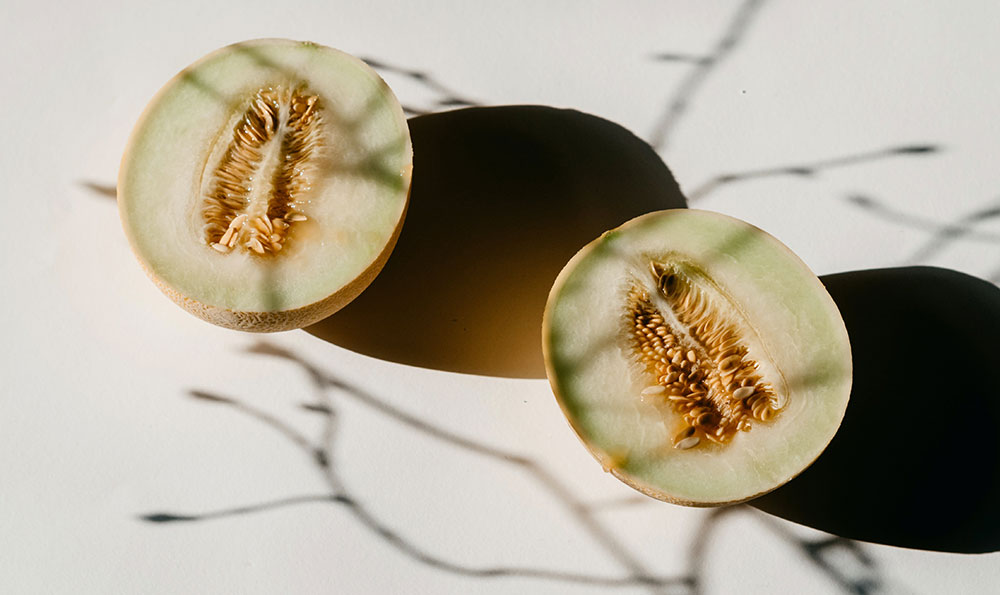介紹各民族舞蹈
導讀:舞蹈,作為人類文化的一部分,是每個民族獨有的藝術表達方式,它展示了不同民族的傳統和個性。各民族舞蹈的多樣性讓我們可以欣賞到世界各地的美妙舞姿,今天我們就來介紹一下不同民族
舞蹈,作為人類文化的一部分,是每個民族獨有的藝術表達方式,它展示了不同民族的傳統和個性。各民族舞蹈的多樣性讓我們可以欣賞到世界各地的美妙舞姿,今天我們就來介紹一下不同民族的舞蹈風格。
1. 納西族舞蹈:納西族是我國獨有的少數民族之一,他們生活在云南的大山深處。納西族舞蹈以輕盈、優雅、自然為特點。舞蹈者身著鮮艷的傳統服裝,舞動著猶如精靈般的舞姿,仿佛與大自然融為一體。他們的舞蹈表達了對生活的熱愛和對自然的敬畏,令人陶醉其中。
2. 藏族舞蹈:藏族位于青藏高原,他們的舞蹈表現出他們與高原大自然之間的深厚情感。藏族舞蹈熱烈而豪放,舞者身著鮮艷的服飾,跳躍、旋轉、翻滾,展現出強烈的情感和力量。他們的舞蹈就像是高原上的飛瀑和奔騰的江河,讓人感受到巨大的能量與生命力。
3. 朝鮮族舞蹈:朝鮮族舞蹈是我國東北地區的一種傳統舞蹈形式。朝鮮族舞蹈充滿了喜慶和歡樂的氣氛,舞者身著華麗的民族服裝,舞姿優美而大氣。舞蹈動作流暢,舞者身體的每一個細節都表達出情感和力量。他們的舞蹈就像是在講述一個動人的故事,將觀眾帶入一個充滿喜悅和希望的世界中。
4. 哈薩克族舞蹈:哈薩克族是我國西部的少數民族之一,他們的舞蹈充滿了草原的風采。哈薩克族舞蹈以高亢豪放、舞姿優美為特點,舞者身著傳統的絲綢服裝,舞步矯健而靈動。他們的舞蹈仿佛是在向人們展示草原上的美麗風景,讓人們感受到大自然的力量和神秘。
5. 傣族舞蹈:傣族是我國云南地區的一種民族。傣族舞蹈充滿了熱情和歡樂,舞者身著色彩鮮艷的拖地長裙,舞步輕盈而靈動。他們的舞蹈表達了對生活的熱愛和對自然的敬畏,令人怦然心動。
通過介紹以上幾個民族的舞蹈,我們可以看到不同民族舞蹈的風格迥異,但都展示了對生活、自然和傳統文化的熱愛。這些舞蹈不僅是藝術表演,更是傳承和展示了各民族的獨特魅力。讓我們一起欣賞各民族舞蹈的美麗吧!
介紹民族舞蹈的英語演講稿初中
民族舞蹈(Folk Dance)is an essential part of the cultural heritage of every country. It is a form of dance that reflects the traditions, customs, and history of a particular ethnic group. With its unique movements, costumes, and music, folk dance not only showcases the beauty of a culture, but also serves as a means of communication, expression, and preservation. In this article, we will explore the fascinating world of folk dance, its significance, different types, and the impact it has on society.

Part 1: The Significance of Folk Dance
Folk dance holds great significance as it represents the essence of a culture. It reflects the shared history, values, and beliefs of a particular ethnic group. Through the graceful movements and traditional costumes, folk dance serves as a visual manifestation of the cultural identity of a community. It helps to connect individuals with their roots, fostering a sense of pride and belonging.
Part 2: Types of Folk Dance
Folk dance comes in various forms, each with its unique style and characteristics. Traditional folk dances can be categorized based on their regional or national origins. For example, the Chinese Ribbon Dance showcases the elegance and beauty of Chinese culture, while the Flamenco dance from Spain is known for its passion and energetic footwork. Additionally, there are also ceremonial dances performed during religious or festive occasions, such as the Indian Bharatanatyam or the Native American Powwow dances.
Part 3: The Artistry of Folk Dance
Folk dance requires skill, precision, and coordination. Dancers must master intricate footwork, graceful gestures, and expressive movements. The costumes worn during performances often feature vibrant colors, intricate embroidery, and traditional accessories, adding to the visual spectacle. The music accompanying the dance is typically traditional and played on traditional instruments, further enhancing the cultural experience.
Part 4: Social and Cultural Impact
Folk dance plays a vital role in society, fostering unity, and cultural exchange. It brings people together, transcending language barriers, and uniting them through the universal language of dance. Folk dance festivals and competitions provide platforms for different communities to showcase their unique traditions, promoting cultural understanding and appreciation. Additionally, folk dance is often passed down from generation to generation, preserving and perpetuating cultural heritage.
Part 5: Folk Dance in the Modern World
Despite its deep-rooted traditions, folk dance continues to evolve and adapt to the modern world. Contemporary choreographers incorporate elements of folk dance into contemporary works, blending tradition and innovation. This fusion not only attracts younger audiences but also ensures the longevity and relevance of folk dance in today's society.
Conclusion
民族舞蹈 is an invaluable treasure, preserving the rich heritage and cultural diversity of nations. It is a captivating art form that transcends borders and connects people from different backgrounds. Through its graceful movements, vibrant costumes, and traditional music, folk dance not only entertains but also educates, inspires, and unites. Let us cherish and celebrate the beauty and significance of folk dance, ensuring its legacy for future generations.
主持人介紹民族舞蹈的臺詞
一、概述
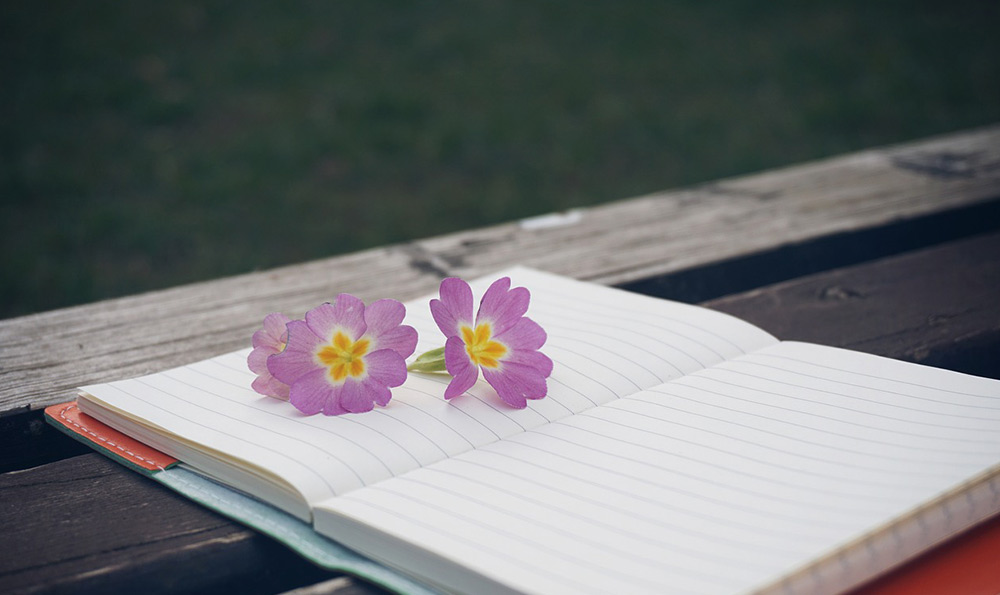
民族舞蹈是一種融合了民族文化和藝術元素的獨特舞蹈形式。它以其獨特的舞姿、動感的音樂和豐富多樣的服飾而吸引了眾多觀眾的興趣。本文將通過對民族舞蹈的介紹,帶您領略這一文化藝術的魅力。
二、起源與發展
民族舞蹈作為一種獨特的舞蹈形式,源遠流長。它承載著民族文化的精髓,通過獨特的舞蹈動作和音樂表現了民族的風土人情。據統計數據顯示,中國擁有56個民族,每個民族都擁有自己的舞蹈傳統和特色。這些舞蹈不僅記錄了民族的歷史和傳統,也成為了中國文化的瑰寶。
三、特點與分類
民族舞蹈以其獨特的舞姿和動作而聞名于世。不同民族的舞蹈具有各自的特點和風格。西南少數民族舞蹈以舞者的柔美和舞蹈的熱情見長,而東北少數民族舞蹈則以其豪放和激情著稱。在不同的場合和目的下,民族舞蹈又可分為慶典舞、表演舞、節日舞等不同類別,以滿足不同的需求和目的。
四、表演與傳承
民族舞蹈是一門集藝術和體育于一體的綜合藝術形式,它需要舞者們通過長時間的練習和努力才能展現出精湛的舞技和舞姿。在民族舞蹈的表演過程中,舞者們通常會穿上傳統的服飾,并在背景音樂的伴奏下展示出自己的才華和獨特的舞姿。傳承是民族舞蹈得以延續的重要環節,許多有才華的舞者通過教授舞蹈技巧和傳統舞蹈知識,將這一傳統藝術形式傳遞給了后代。
五、意義與影響
民族舞蹈不僅僅是一種藝術形式,它也承載了深厚的歷史文化和民族情感。通過對舞蹈的表演和傳承,我們可以更好地了解和感受不同民族的文化和風情。民族舞蹈也在國內外的文化交流中起到了重要的作用,它成為了中國文化走向世界的重要窗口。
在本文中,我們對民族舞蹈進行了簡要的介紹,包括其起源與發展、特點與分類、表演與傳承以及意義與影響。通過對這些方面的介紹,我們希望能夠讓更多的人了解和欣賞民族舞蹈,體驗其中的獨特魅力。民族舞蹈作為中國文化的一部分,不僅僅是一種藝術表演形式,更是一種傳承和展示民族文化的重要手段。讓我們一起走進民族舞蹈的世界,感受其中的美妙與情感。




